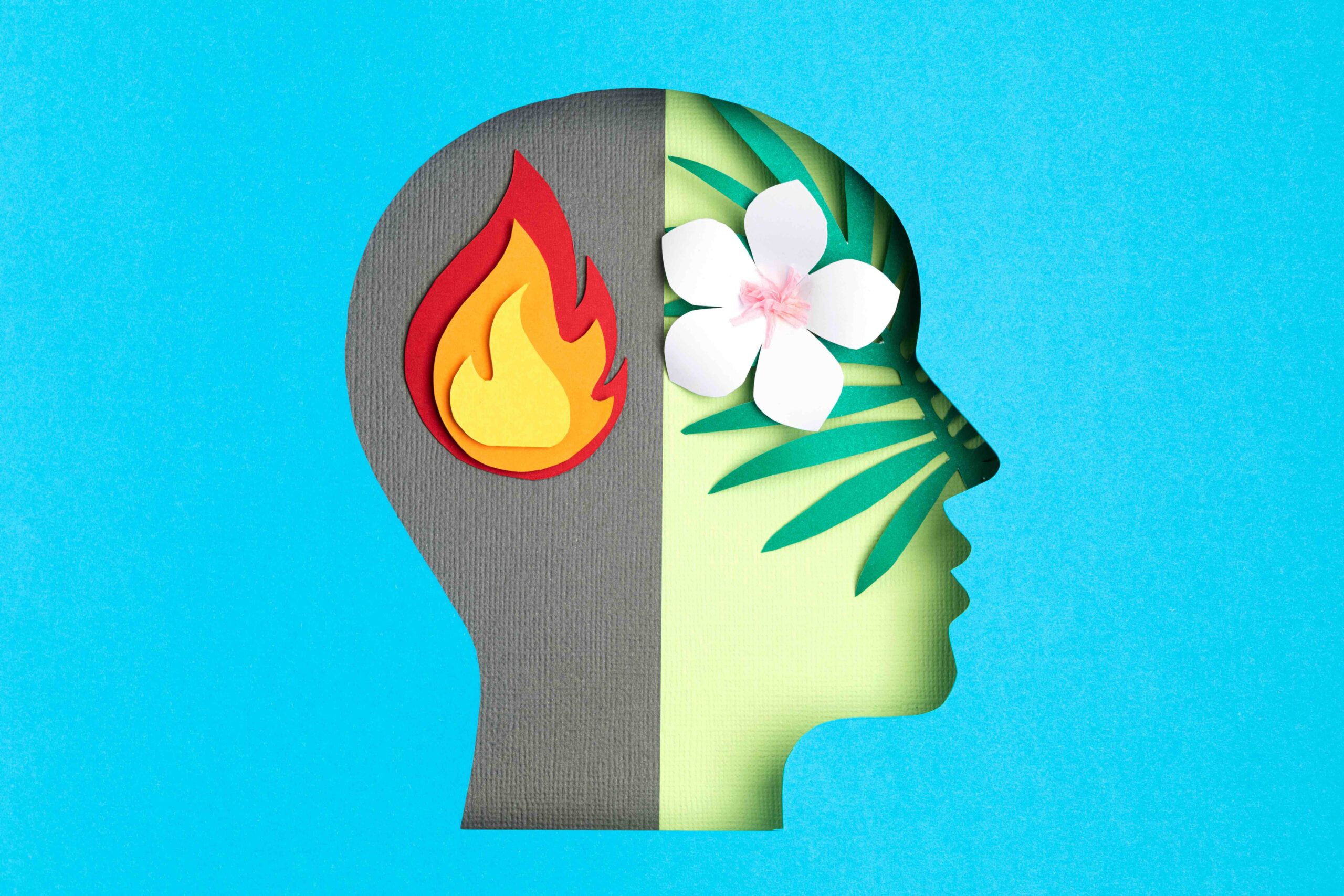While it seems like we are moving out of the pandemic, its effects are still being felt among employees in every industry. People continue to experience the aftermath of trauma and burnout, brought on by overwork, stress and grief.
Burnout is a medically diagnosable condition; the American Psychological Association defines it as a state of “physical, emotional or mental exhaustion, accompanied by decreased motivation, lowered performance and negative attitudes toward oneself and others.”
According to researchers, burnout has three main components:
- Emotional exhaustion: Chronic fatigue occurs from caring too much for too long. It creates insomnia, impaired concentration, anxiety and depression, anger and physical symptoms such as heart palpitations, shortness of breath, gastrointestinal pain, dizziness, headaches and fainting.
- Decreased sense of accomplishment: An unconquerable sense of futility, feeling that nothing you do makes any difference. It creates increased feelings of apathy, hopelessness and irritability and contributes to a lack of productivity and poor performance.
- Detachment: The depletion of empathy, caring and compassion for ourselves and others. It includes isolation and losing a sense of enjoyment from things that used to feel good, including jobs and relationships.
Burnout occurs when we overwork and under rest. The Society for Human Resource Management found that 70 percent of workers who transitioned to remote work during the pandemic say they now work on weekends and 45 percent say they regularly work more hours than before the lockdowns.
Burnout is responsible for the rise in mental health challenges, the Great Resignation that continues today and the recent trend of “quiet quitting,” where people stay at their job but pull back on their effort and motivation.
This has shown up in Gallup’s global study of employee engagement. Its newly released 2023 data shows that those actively engaged dropped by 2 percent. Even worse, there was a corresponding increase at the bottom level, the actively disengaged, which now is more than one-third of the workforce.
Disengagement drives reduced productivity—organizations with engaged workers have 23 percent higher profit than those with disengaged workers. Workplace incivility is also increasing, which harms coworkers and customers alike.
Support healing and recovery
Addressing burnout needs to be a priority. Teach people how to recognize the signs. More importantly, encourage people to rest and recharge, as it’s the only cure for burnout, and many people are unable to help themselves.
This backlog in our well-being needs to be addressed and won’t get better on its own. It’s important to take your vacations and encourage others to do the same. Some organizations are even incentivizing vacations, especially for their top talent.
Remind people of the available access to therapy through your benefits program. Consider offering grief counseling, as many people are still processing the loss of loved ones. Dial up your wellness offerings and make sure you speak about them often. Mindfulness is especially powerful in helping people with stress, anxiety and depression. Find ways to weave conversations about these resources in hiring, onboarding, training, project launches and one-on-one and all-hands meetings.
Play is also essential to self-care, but is something working adults often deny themselves. Research shows that play is critical for our psychological and physical well-being. Consider this quote from play theorist Brian Sutton-Smith: “The opposite of play is not work. It’s depression.” Play is also how we heal from burnout because it sends a strong signal to our biology that we are safer now, helping the amygdala stand down from its hypervigilance.
All of us need to start doing the activities that brought us joy before the lockdowns. The problem is that burnout makes them seem less appealing now, so we might say “no” when we really need to lean into them, knowing that joy will return with time. Consider how you can facilitate play and fun within your organization.
Invest in training your managers
Gallup’s State of the Global Workplace: 2022 Report found that the most significant source of burnout was “unfair treatment at work” followed by an unmanageable workload, unclear communication from managers, lack of manager support and unreasonable time pressure.”
Great managers recognize their people’s contributions and help them learn and grow. And most critical of all, they make their people feel truly cared about. Gallup found that this is what contributed to people thriving at work, something that 21 percent of workers experience.
The organization states, “95 percent of people who are thriving at work report being treated with respect all day and 87 percent report smiling and laughing a lot.” Thriving employees are more resilient, experiencing half the rate of stress, worry and pain as their disengaged coworkers.
Managers account for 70 percent of the variance in employee engagement, so invest in providing training. It will more than pay for itself, increasing productivity and retention and reducing absenteeism and health care costs.
While the worst of the pandemic is behind us, we must tend to our workforce to help them fully bounce back. Only then will our organizations be able to reach their fullest potential and be ready for whatever the future brings.











